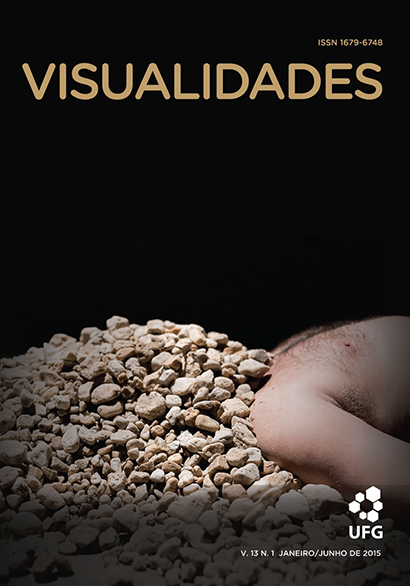Musical iconography by travel artists in nineteenth century Brazil
DOI:
https://doi.org/10.5216/vis.v13i1.33248Keywords:
Iconografia musical no Brasil, viola e violão, Debret e RugendasAbstract
This article examines musical scenes with plucked chordophones in the works of the two most important travel artists in nineteenth century Brazil, the French painter Jean-Baptiste Debret, and the German artist Johann Moritz Rugendas. Differently from expected, their illustrations do not register any figure eight-shaped chordophone as the traditional viola and violão. Rather, one finds unknown, oval and piriform, instruments. However, beyond classificatory organology interests, this article points out the multidimensionality of the visual mediation of musical phenomena by such artists, indicating the need for cultural, political, and social contextualization, including the artistic conventions, as a condition for a better use of those images as musical evidence of the past.
Keywords: Musical iconography in Brazil, Debret and Rugendas, Brazilian chordophones
Downloads
Downloads
Published
How to Cite
Issue
Section
License

This work is licensed under a Creative Commons Attribution 4.0 International License .
Authors who publish in this journal agree to the following terms:
a. Authors retain the copyright and grant the journal the right of first publication, with the work simultaneously licensed under the Creative Commons Attribution 4.0 License which allows the sharing of work with acknowledgment of authorship and initial publication in this journal.
b. Authors are authorized to take additional contracts separately, for non-exclusive distribution of the version of the work published in this journal (eg publish in institutional repository or as a book chapter), with acknowledgment of authorship and initial publication in this journal.
c. Authors are allowed to publish and distribute their work online (eg in institutional repositories or on their personal page) after the initial publication in this journal, as this can generate productive changes, as well as increase the impact and citation of the published work ( See The Effect of Free Access).
Every effort has been made to identify and credit the rights holders of the published images. If you have rights to any of these images and have not been correctly identified, please contact the Visuals magazine and we will publish the correction in one of the next issues.






